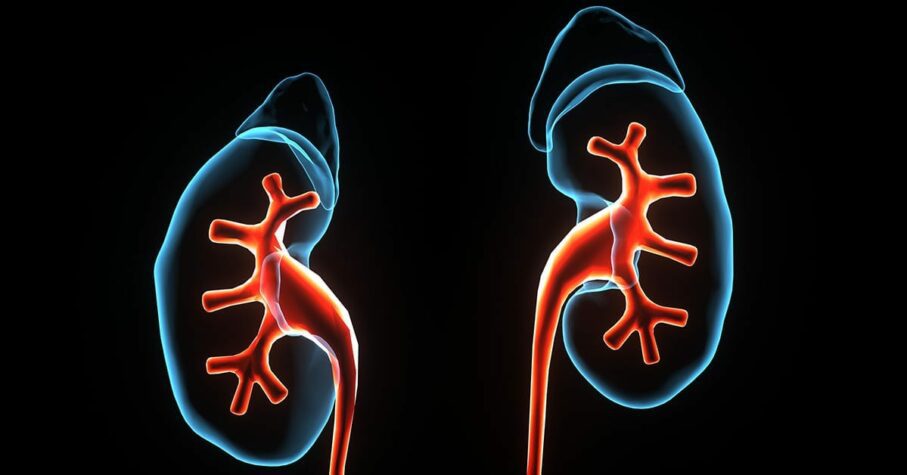
May is bladder cancer awareness month | Canadian Cancer Society
Symptoms of bladder cancer
Bladder cancer may not cause any signs or symptoms in its early stages. Symptoms appear once the tumour grows larger or into the deeper layers of the bladder wall. Other health conditions can cause the same symptoms as bladder cancer. See your doctor if you have these symptoms.
The most common symptom of bladder cancer is blood in the urine (called hematuria). Bloody urine may vary from pale yellow-red to bright or rusty red. Blood may always be in the urine, or it may come and go. Sometimes the blood can only be seen with a microscope or found with other urine tests.
Other symptoms of bladder cancer include:
- the need to urinate often (called urinary frequency)
- an intense need to urinate (called urinary urgency)
- trouble urinating
- a burning sensation or pain during urination
Late signs and symptoms develop as the cancer grows larger or spreads to other parts of the body, including other organs. Late symptoms of bladder cancer include:
- loss of appetite
- weight loss
- anemia
- fever
- change in bowel habits
- pain in the rectum, anus, pelvis, flank (the side of the body) above the pubic bone or in bones
- a lump in the pelvis
- swelling in the legs, scrotum (the pouch of skin below the penis that contains the testicles) or vulva (the outer female sex organs)
Diagnosis of bladder cancer
Diagnosing bladder cancer usually begins with a visit to your family doctor. Your doctor will ask you about any symptoms you have and may do a physical exam. Based on this information, your doctor may refer you to a specialist or order tests to check for bladder cancer or other health problems.
The process of diagnosis may seem long and frustrating. It’s normal to worry, but try to remember that other health conditions can cause similar symptoms as bladder cancer. It’s important for the healthcare team to rule out other reasons for a health problem before making a diagnosis of bladder cancer.
The following tests are commonly used to rule out or diagnose bladder cancer. Many of the same tests used to diagnose cancer are used to find out the stage, which is how far the cancer has progressed. Your doctor may also order other tests to check your general health and to help plan your treatment.
Health history and physical exam
Your health history is a record of your symptoms, risk factors and all the medical events and problems you have had in the past. In taking a health history, your doctor will ask questions about a personal history of:
- smoking tobacco
- occupational exposure to chemicals
- chronic bladder irritation
- radiation to the pelvis
- chemotherapy
Your doctor may also ask about a family history of bladder cancer.
A physical exam allows your doctor to look for any signs of bladder cancer. During a physical exam, your doctor may:
- do a bimanual pelvic exam
- feel the abdomen for a lump and check if the liver is enlarged (swollen)
- check for enlarged lymph nodes in the groin, abdomen and neck
During a bimanual pelvic exam, the doctor inserts gloved, lubricated fingers into the vagina (for women) or the rectum (for men) and places the other hand on the lower abdomen. By pressing on the abdomen and moving the fingers in the vagina or rectum, the doctor can feel a lump or thickened area on the bladder.







